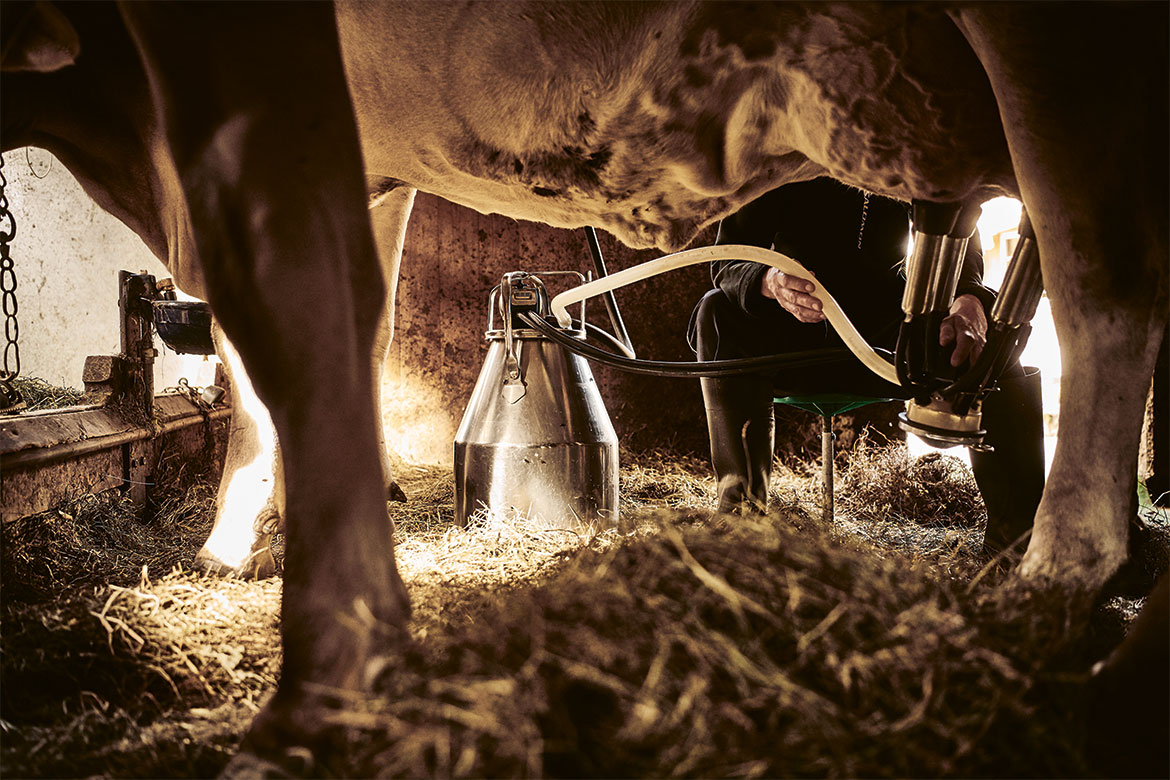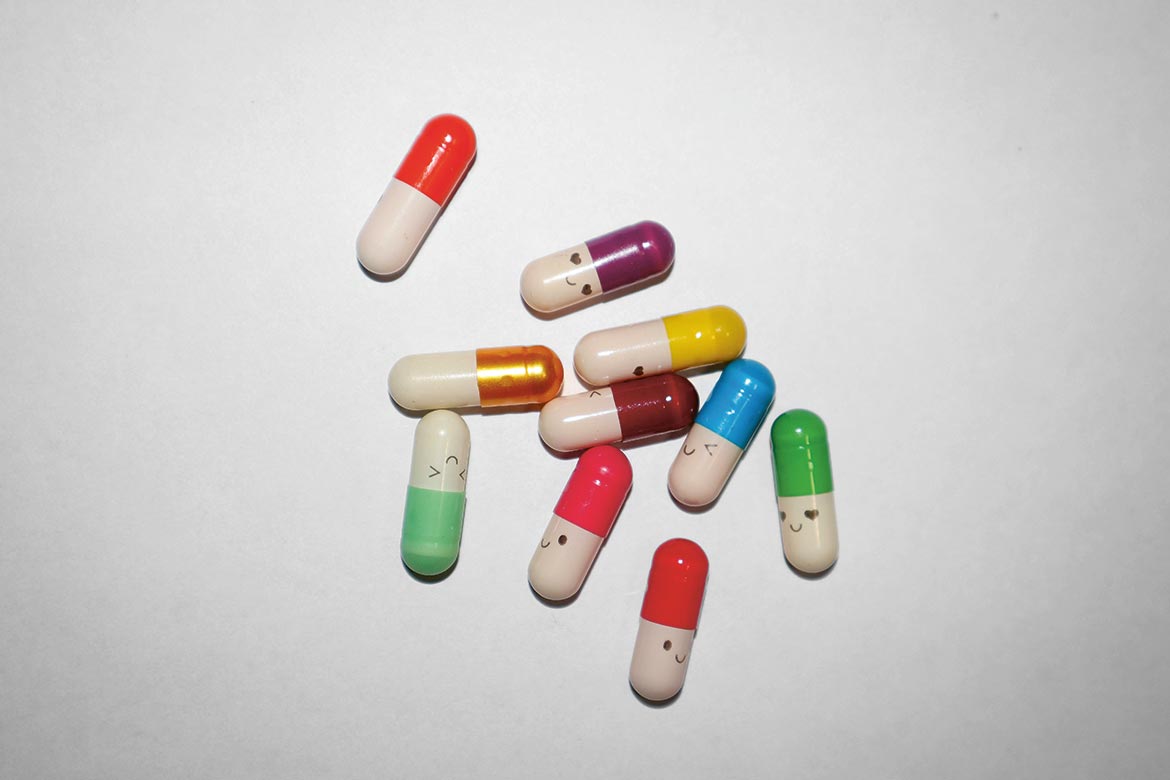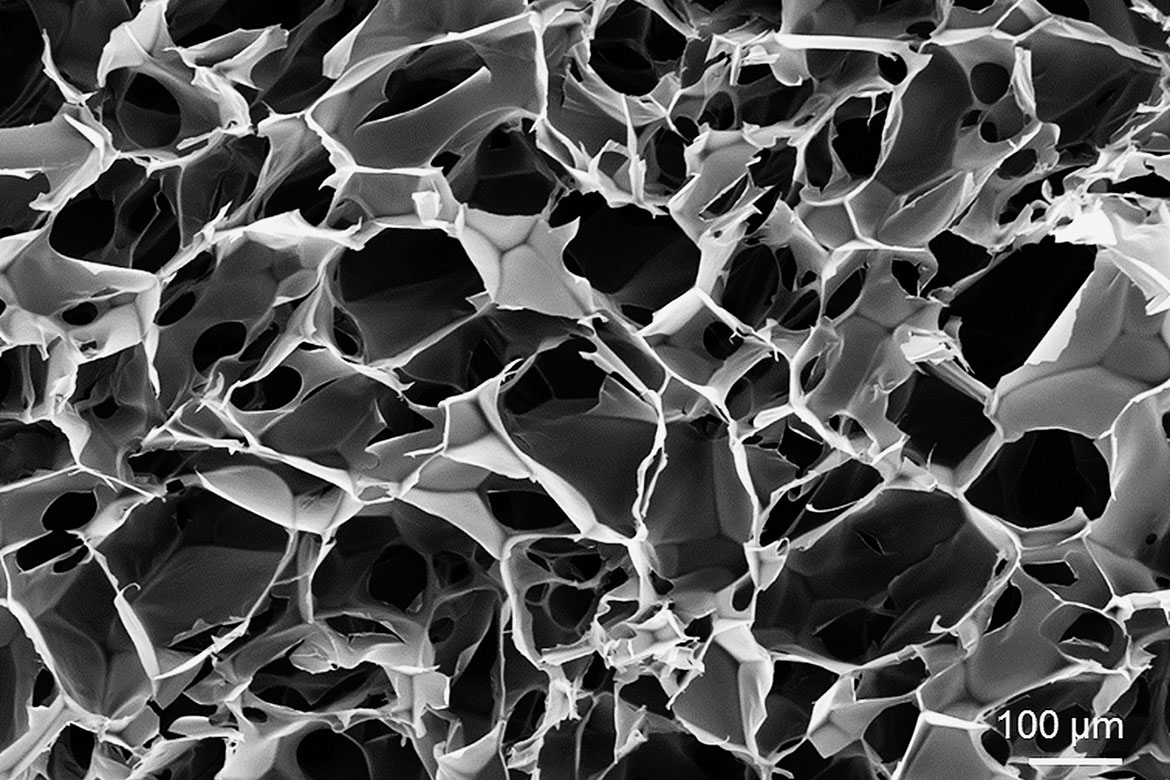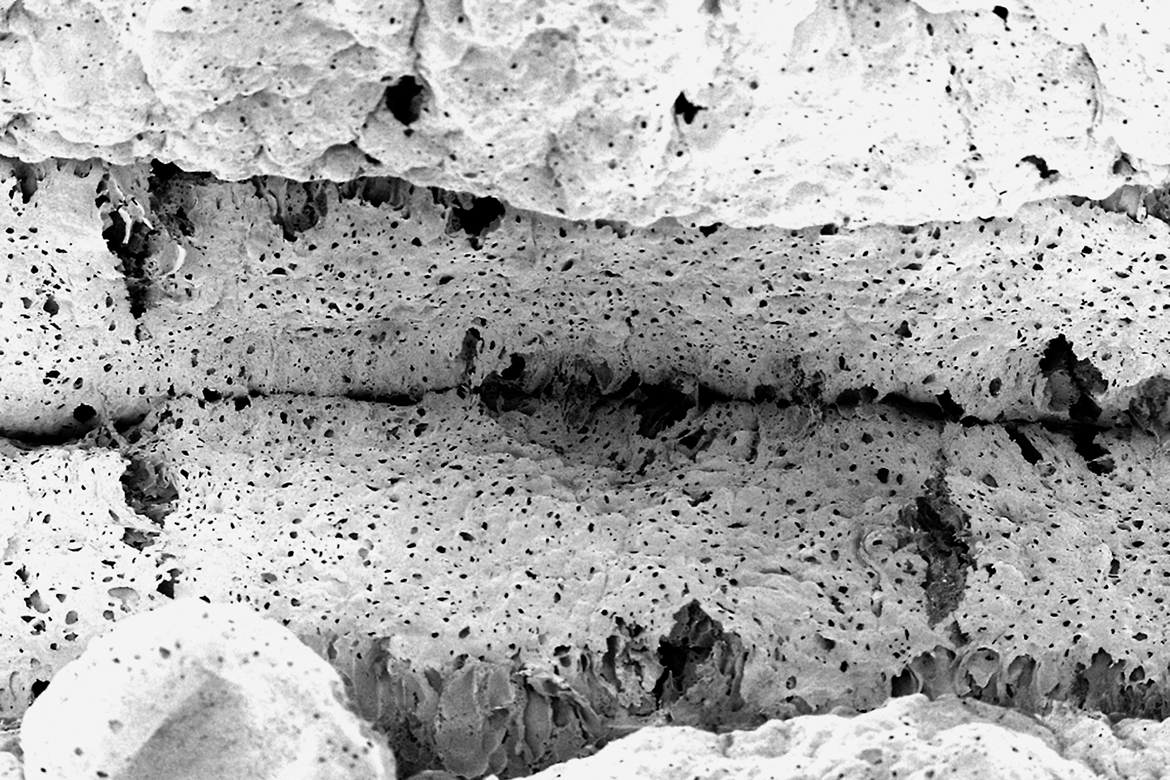Healing sick dairy cows
Alpine cows often have inflamed udders, and they infect each other. The quality of their milk suffers, as do the profits of the dairy industry. A new test can help to identify and combat the pathogen.

Milking brings a risk of infection. But a new strategy can help to alleviate the problem. | Image: Keystone/René Ruis
Cows happily grazing on their alp – for many of us, this sight is bound up with traditional pastoral images of romantic nature idylls. But experts from the fields of agronomy and the veterinary sciences also see these mountain pastures as a place of potential infection by the pathogen Staphylococcus aureus. Its so-called Genotype B (GTB) is especially feared by dairy farmers, because it triggers an infectious inflammation of the udders. Across Switzerland, some ten percent of all dairy herds are affected by it.
Inflamed udders mean less milk
In the summer in the Alpine cantons, cows from different herds come together on the mountain pastures. They exchange germs when they’re milked, so up to 70 percent of cows there are infected with Staphylococcus aureus GTB. “Usually, the inflammation isn’t visible and the udders are neither reddened nor swollen”, explains Carlotta Sartori, an agricultural scientist at the Bern University of Applied Sciences. But the pathogen causes considerable economic damage, because sick cows provide less milk, and it’s also of lower quality. Current estimates suggest that the Swiss dairy industry loses some CHF 80 million every year because of this persistent, problematic germ.
Sartori has long been passionate about dairy farming. So when she came to write her doctoral thesis for ETH Zurich under Hans Ulrich Graber at Agroscope in Liebefeld, she “absolutely wanted to deal with a topic in the realm of milk production”. The result of her research is a new molecular biological method that can reliably identify a specific gene sequence of S. aureus GTB, even in very low concentrations. This method is already helping to decontaminate infected dairy herds.
Up to now, vets had to take sterile milk samples and use time-consuming bacteriological procedures in order to determine whether udders were inflamed. “The new text offers results in a quicker, simpler, more cost-efficient manner”, says Sartori. This makes it easier to carry out decontamination programmes that enable whole dairy herds to be rid of the pathogen.
In a field study, Sartori and her colleagues investigated 19 farms across Switzerland. Regular examinations of the milk meant they could allocate every individual cow to a specific milking group, because the order in which they are milked is decisive. “First the healthy cows have to be milked, then the infected cows at the end, so that no chains of infection are allowed to occur”, says Michèle Bodmer from the Ruminant Clinic of the University of Bern.
Countering antibiotic resistance
Because the new test also offers unequivocal proof as to which cows are infected, the researchers were also able to give antibiotics specifically to the infected animals. “We wanted to give every cow a chance, so we also treated older cows”, says Sartori. And in fact, over 90 percent of the cows responded to the therapy, which meant that only a few of them had to be slaughtered. Thanks to the order in which they were milked, the targeted manner of their treatment and the twice-daily cleaning of the milking system, all the farms were cleared of the pathogen within nine months.
This success has led the canton of Ticino to embark on an exhaustive decontamination programme. If the measures undertaken in the pilot study are repeated with the same success in this larger-scale project, then the Swiss dairy industry could both rid itself of a persistent pathogen and also, in the longer term, use far fewer antibiotics. This in turn will reduce the risk of antibiotic-resistant germs emerging in livestock farming, says Bodmer.
Ori Schipper works for the Swiss Cancer League and as a freelance science journalist.




